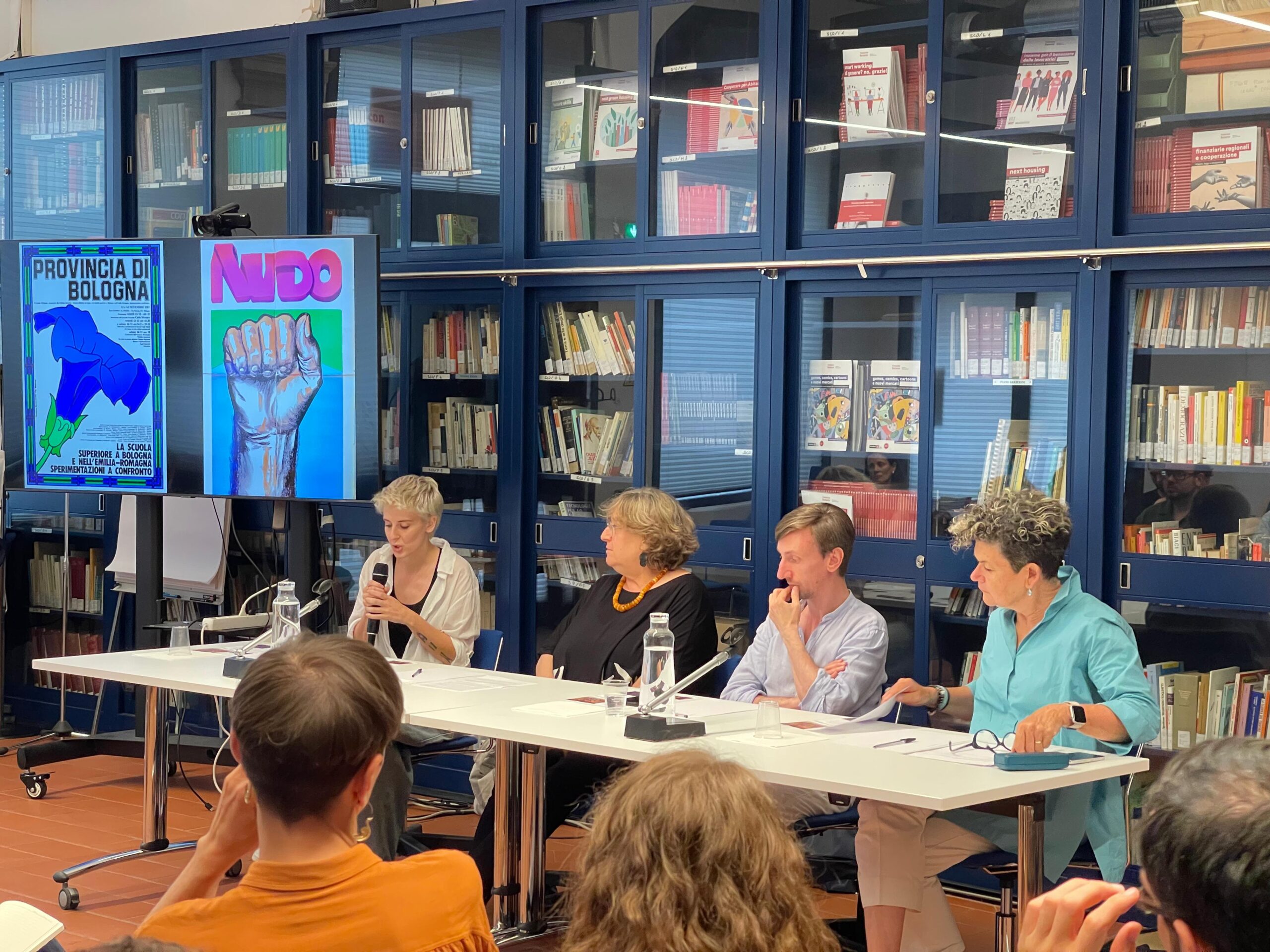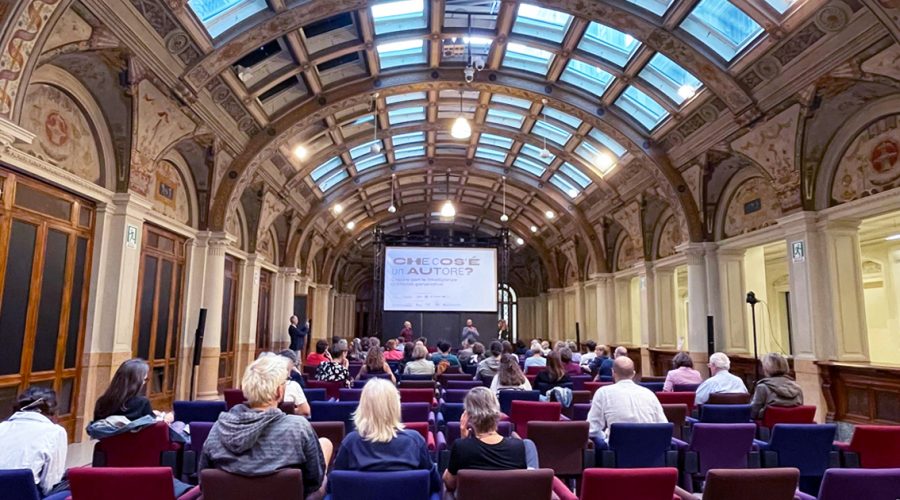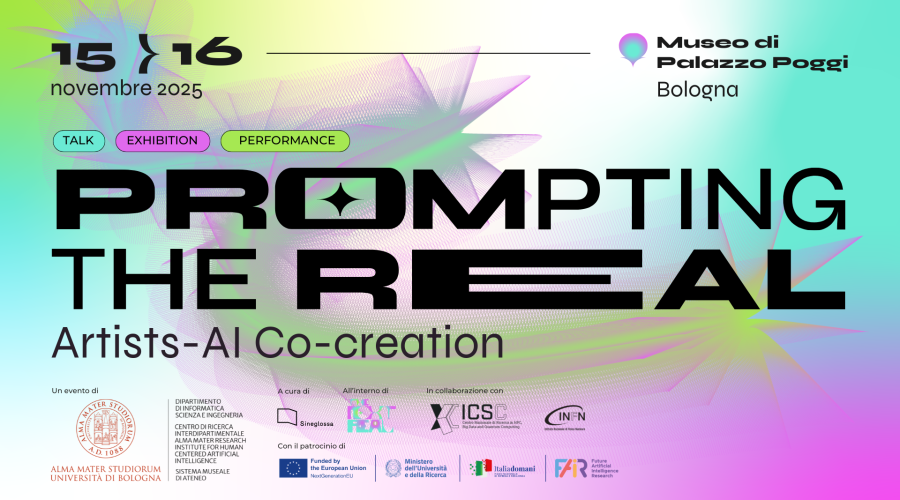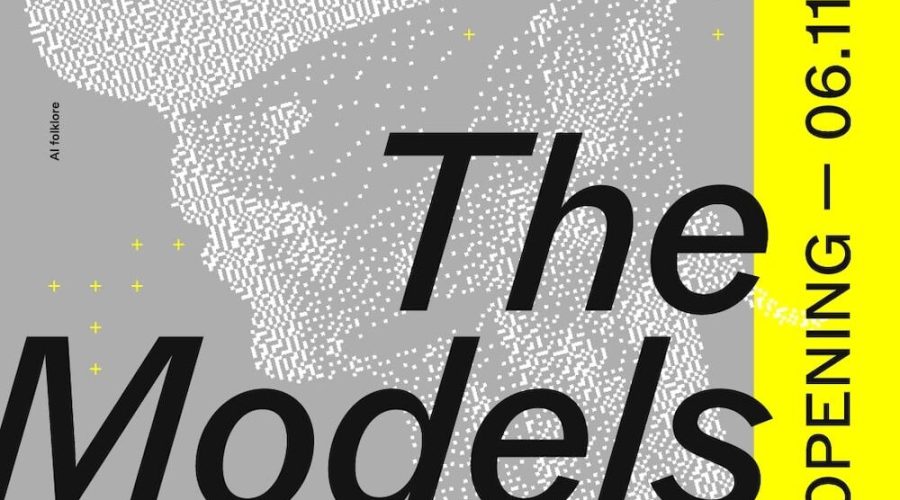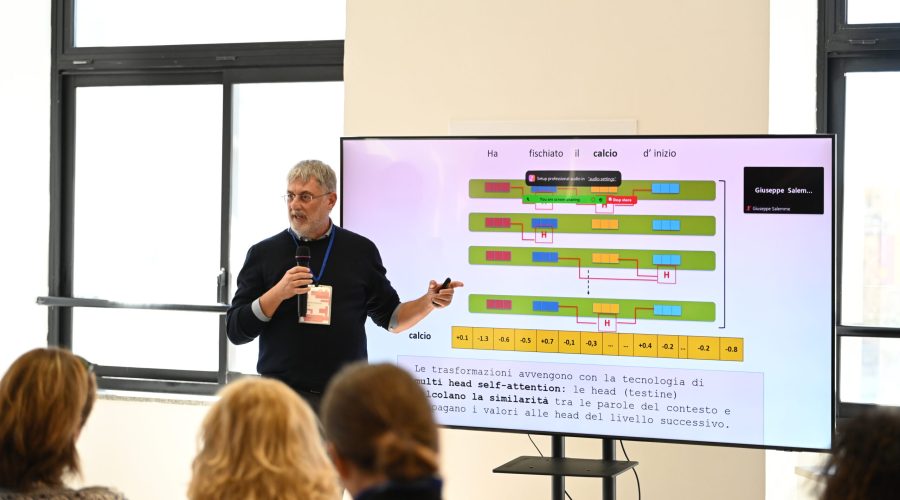What it’s about
On June 25, 2025, the public event “Copyright and Artificial Intelligence” was held in the Conference Hall of Fondazione Barberini in Bologna. The event, promoted by Fondazione Gramsci Emilia-Romagna in collaboration with Sineglossa, offered an interdisciplinary reflection on the challenges that artificial intelligence poses to the legal system of intellectual property, with particular attention to the concept of authorship.
This meeting was conceived as a theoretical and legal deep dive around AI MANIFESTA, a project by artists Francesco D’Isa and Chiara Moresco, curated by Sineglossa and Fondazione Gramsci. The project uses Artificial Intelligence as a lens that manifests—that is, makes visible—recurring patterns in political propaganda. Starting from a selection of 100 posters drawn from Manifestipolitici.it, the Fondazione Gramsci Emilia-Romagna database that collects more than 17,000 posters, leaflets, and postcards from 1850 to the present, the artists created 280 new images using generative AI: they look “real,” but they are not.
Introduced by Simona Granelli, artist Chiara Moresco, artist and philosopher Francesco D’Isa, and legal scholar Giusella Finocchiaro (University of Bologna) discussed the artistic approach, theoretical reflection, and legal framework.
From the visual archive to algorithmic generation
During the event, Chiara Moresco illustrated the creative process behind the work: a visual (non-thematic) selection of archival posters, reworked with MidJourney. The AI was instructed to replicate the graphic style of small groups of posters without receiving semantic or ideological guidance. The result brought out the recurrence of cross-cutting iconographic patterns (hands, flags, faces, floral symbols), revealing latent visual codes in the languages of political propaganda.
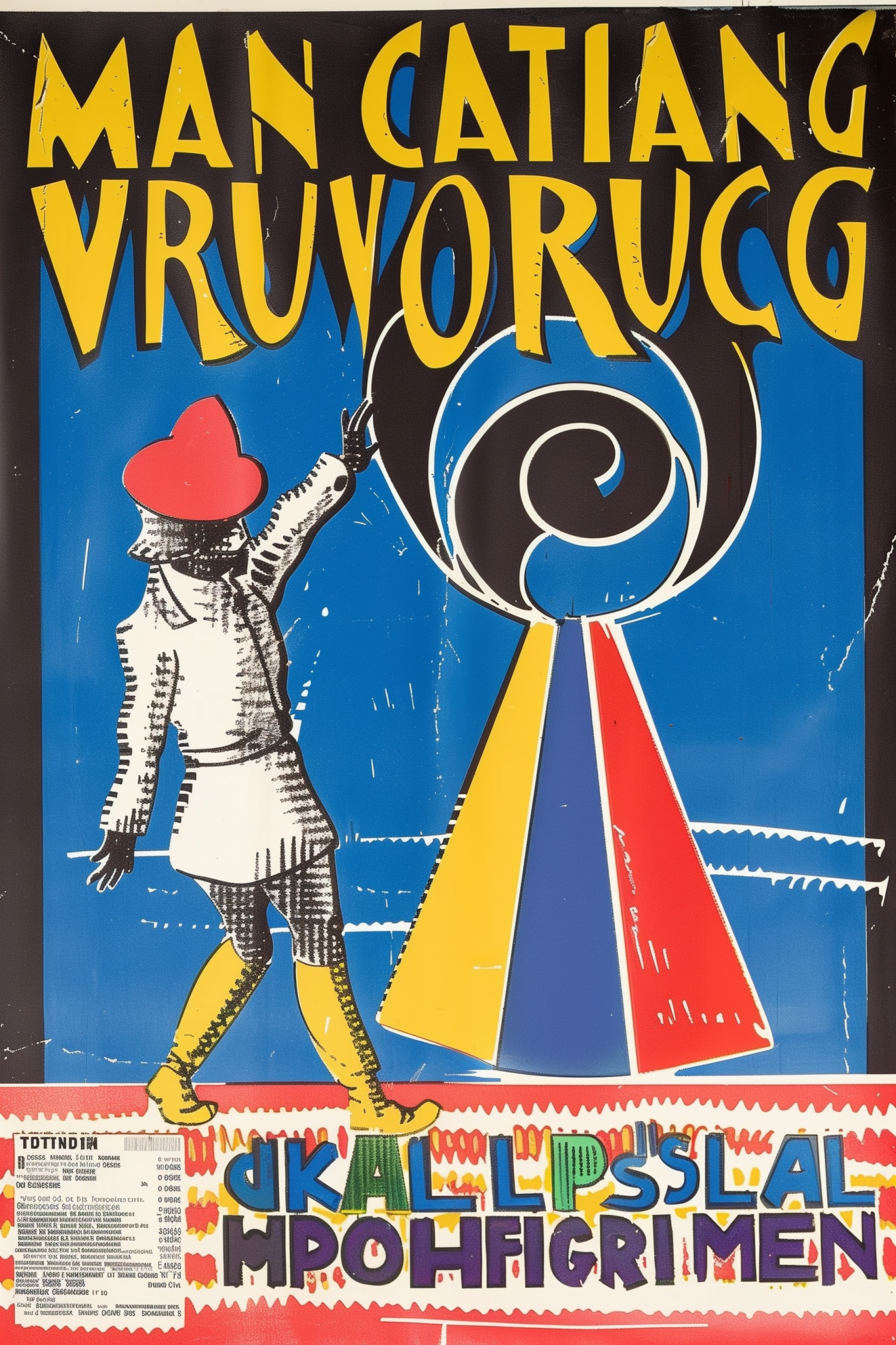
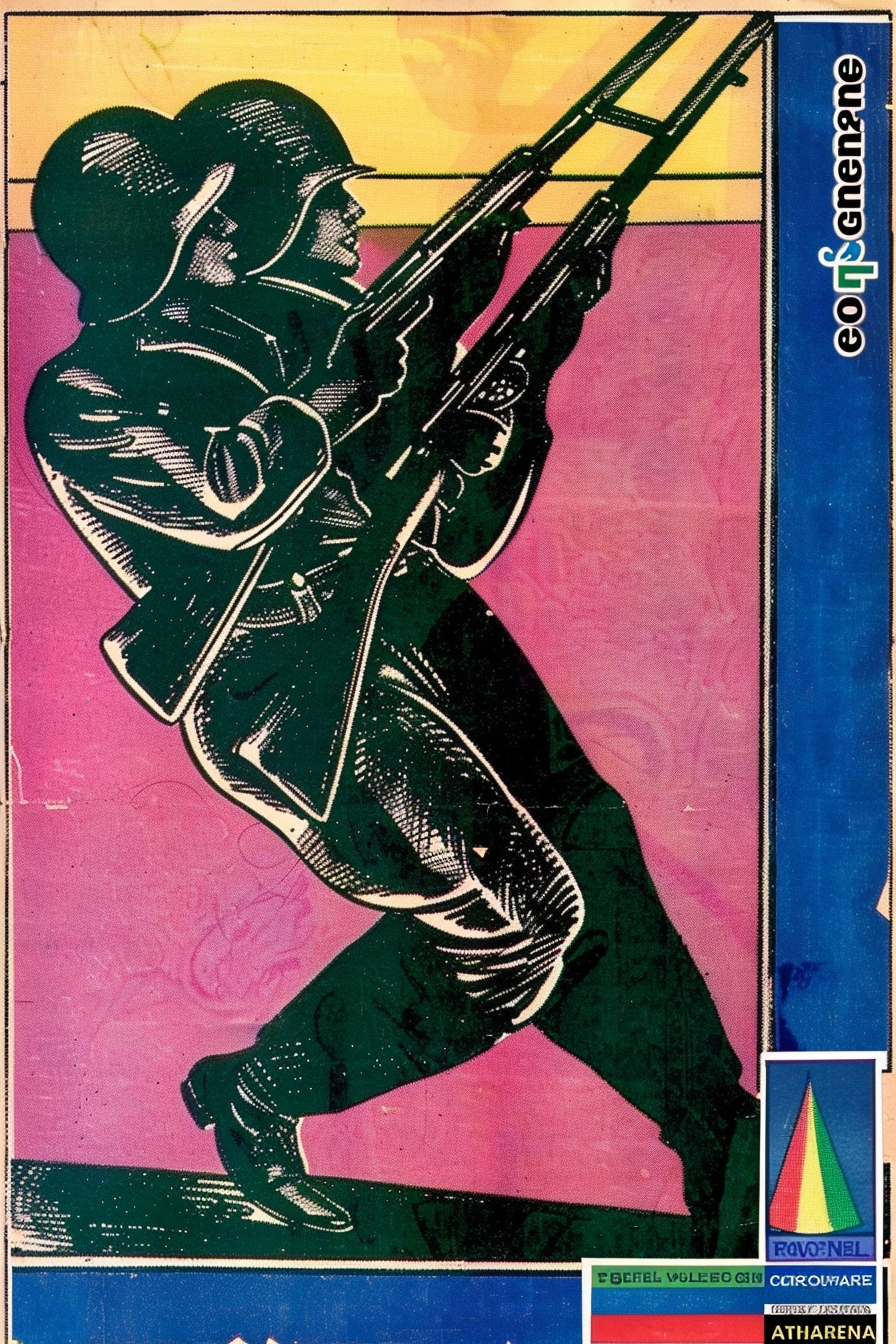
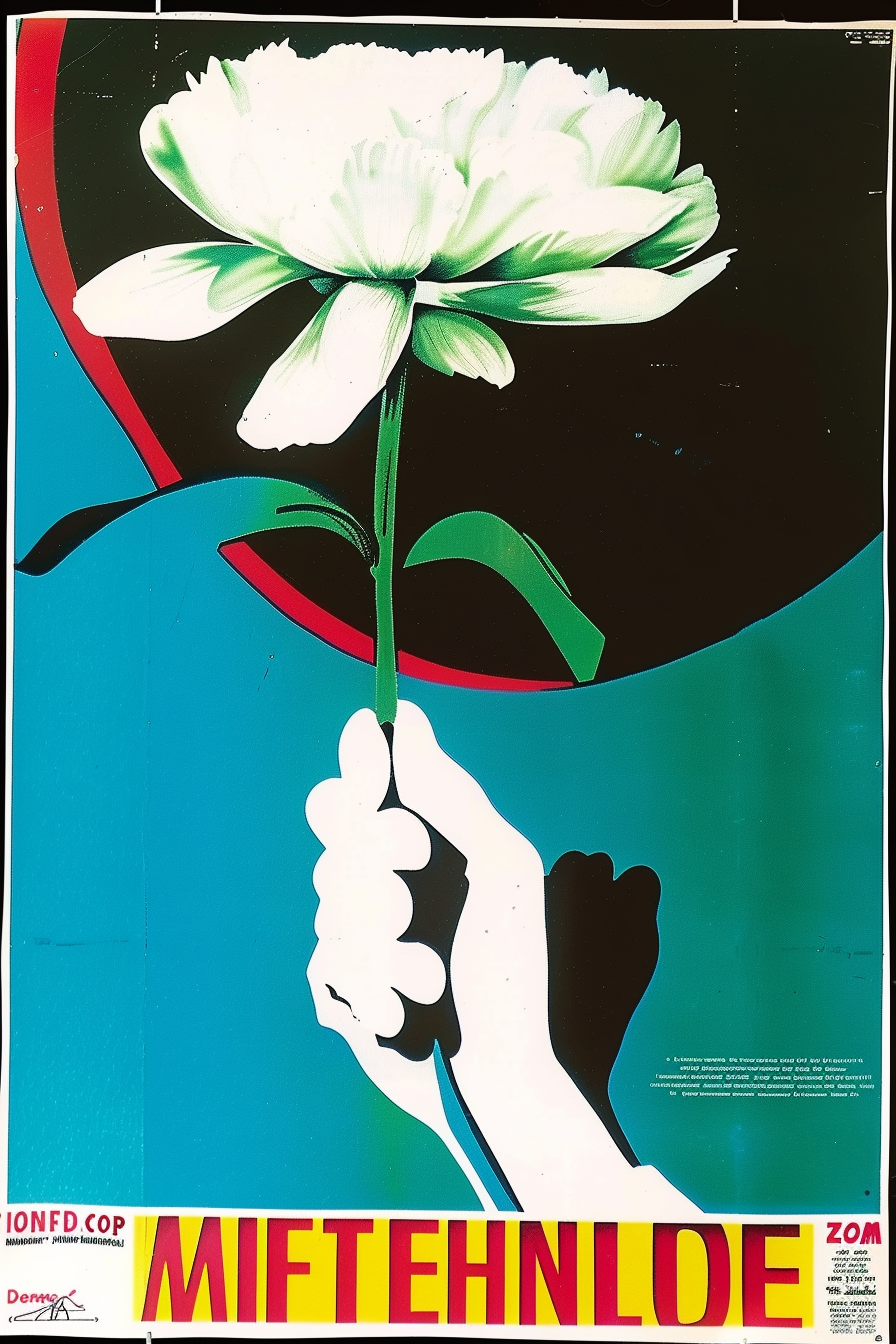
The installation therefore presents an image suspended between the real and the simulated, prompting critical reflection both on the visual grammar that dominates the imagery of political communication and on the creative act as an interaction between human and machine.
Authorship, creativity, responsibility: the core issue
Francesco D’Isa focused on a key question: who is truly the author when a work is generated with AI? His reflection starts from the subjective experience of creativity: “I feel creative when using AI,” he says. But is that enough to define authorship?
D’Isa proposes a historical parallel with the invention of photography, recalling how at the time many thought the machine could replace the artist. And yet—just as with AI today—what matters is not the tool, but how it is used. “AIs often need to be ‘sabotaged’ to generate something truly interesting,” he argues, highlighting that the contemporary author is also the one who selects, orchestrates, and intervenes, albeit within constraints imposed by the machine.
Creativity, D’Isa contends, cannot be considered exclusively a function internal to individual consciousness; it manifests as a distributed, situated, and collective process, in dialogue with technologies, archives, contexts, and symbolic systems.
The legal perspective: inadequate rules for emerging realities
Professor Giusella Finocchiaro, who teaches Private Law and Internet Law at the University of Bologna, offered a precise legal framing. The current copyright framework has Romantic, 19th-century roots, where the author is an inspired, autonomous “genius,” and protection of works rests on two premises: creativity and attribution to a specific human subject.
But does this paradigm still hold? “Law is a child of its times,” Finocchiaro reminded the audience. If the forms of creation change, the laws must adapt. The emergence of hybrid production—in which AI acts as an instrumental co-author—raises profound questions about the resilience of those premises.
Current European and Italian legislation still requires a human author to recognize rights in a work. But when the creative act results from a dialogue among multiple agents—human and non-human—this definition risks becoming obsolete. Various national jurisdictions are leaning toward interpretations that attribute ownership of AI-generated works to those who provided significant inputs, but these are still uncertain and fragmented solutions.
At its heart, the issue is eminently cultural: AI is not only generating new works; it is challenging the very concept of the author as constructed in European legal thought. Faced with this scenario, there are two possible paths: stretch the interpretation of existing rules or undertake a structural rethinking of the authorship paradigm.
A telling case: The New York Times vs OpenAI
Among the references discussed during the event, Finocchiaro drew attention to one of the most significant and controversial cases currently underway: the lawsuit filed by The New York Times against OpenAI and Microsoft, accused of having used copyrighted articles to train AI models without authorization.
The dispute raises crucial questions: Is it lawful to train an AI on content protected by copyright? Can generative models produce outputs similar to the originals and, if so, to what extent does that constitute infringement?
The case strikes at the heart of the intellectual-property system, revealing a growing tension between technological innovation and the protection of economic rights. It also highlights information asymmetries between those who develop models and those who hold (or created) the source content.
The risk—also underscored during the conference—is that current rules are unable to adequately protect authors, especially when economic rights have already been transferred to publishers or other third parties.
A recent ruling by the federal court in San Francisco against Anthropic (developer of the Claude model) states that:
Training on legally purchased books constitutes fair use;
The case epitomizes current ambiguities: the lawfulness of use depends on data sourcing and the transformative nature of the use, creating new transparency challenges for datasets;
Downloading and systematically storing works from pirate sources (e.g., shadow libraries) is unlawful.
The creativity threshold and the “minimum level of creativity”
The discussion also touched on the (case-law-driven and non-objective) definition of “creative character.” As Finocchiaro recalled, Italian copyright law protects works of the mind that have a “creative character,” but leaves it to judges to interpret what that means.
Paradoxical examples (such as Duchamp’s Fountain or documentary photography) show how hard it is to set firm criteria. This is even truer for works born from the use of AI, which may appear stylistically sophisticated yet stem from minimal inputs. In such cases, case law (Italian, U.S., and Chinese) tends to recognize copyright only where there is substantial human contribution. Finally, the conversation examined the value of authorship in terms of responsibility and the preservation of cultural heritage. Losing authorial references risks undermining the historical and critical traceability of works.
The solution? According to Finocchiaro, it may lie in new regulatory architectures or flexible contractual models, such as Creative Commons licenses, which allow authors to retain recognition and responsibility while waiving part of their economic rights.
To delve deeper into the issues raised in the debate
During the meeting, a study by the EUIPO (European Union Intellectual Property Office) on generative AI and copyright was mentioned. The document identifies three critical areas: the lawful use of data (text and data mining) for model training; the ownership of AI-generated works; and the need for new regulatory and technical tools to ensure traceability and transparency in creative and consumption processes. Sineglossa
In September 2024, Sineglossa organized a conference on authorship, which can be rewatched online and for which we had shared some suggested readings.
